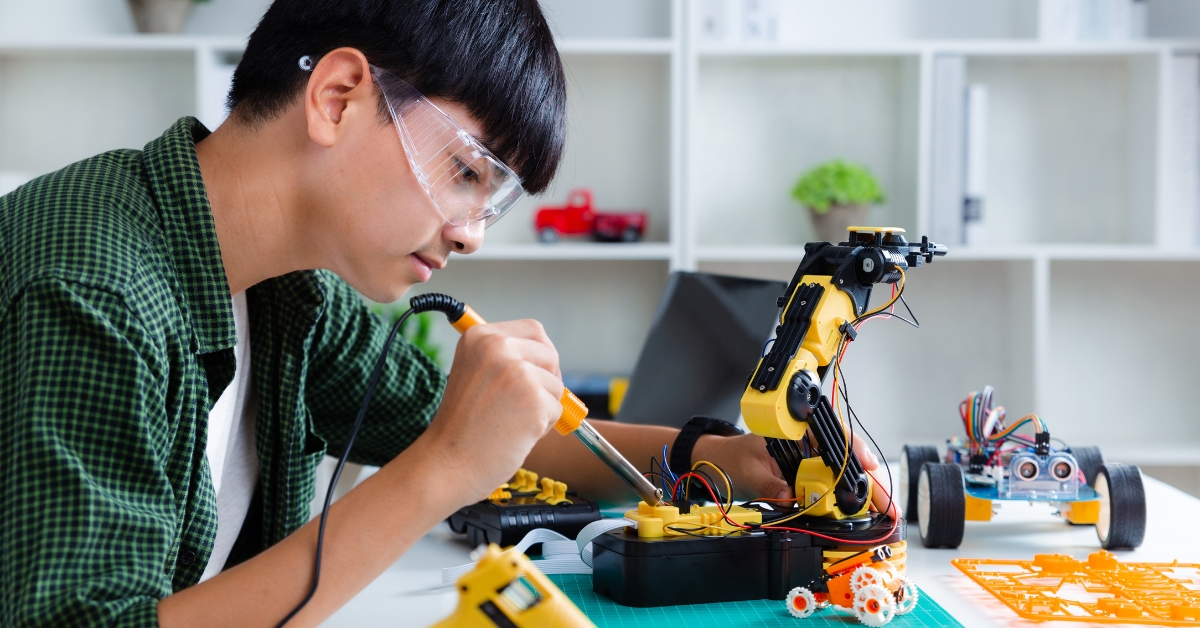Homeschooling has been gaining popularity over the years, offering parents the flexibility to tailor the homeschool program to their children’s unique needs. A pivotal method that stands out in this flexible educational framework is Project-Based Learning (PBL). Defined as a teaching methodology that allows students to explore real-world problems and challenges actively, PBL is transforming […]


